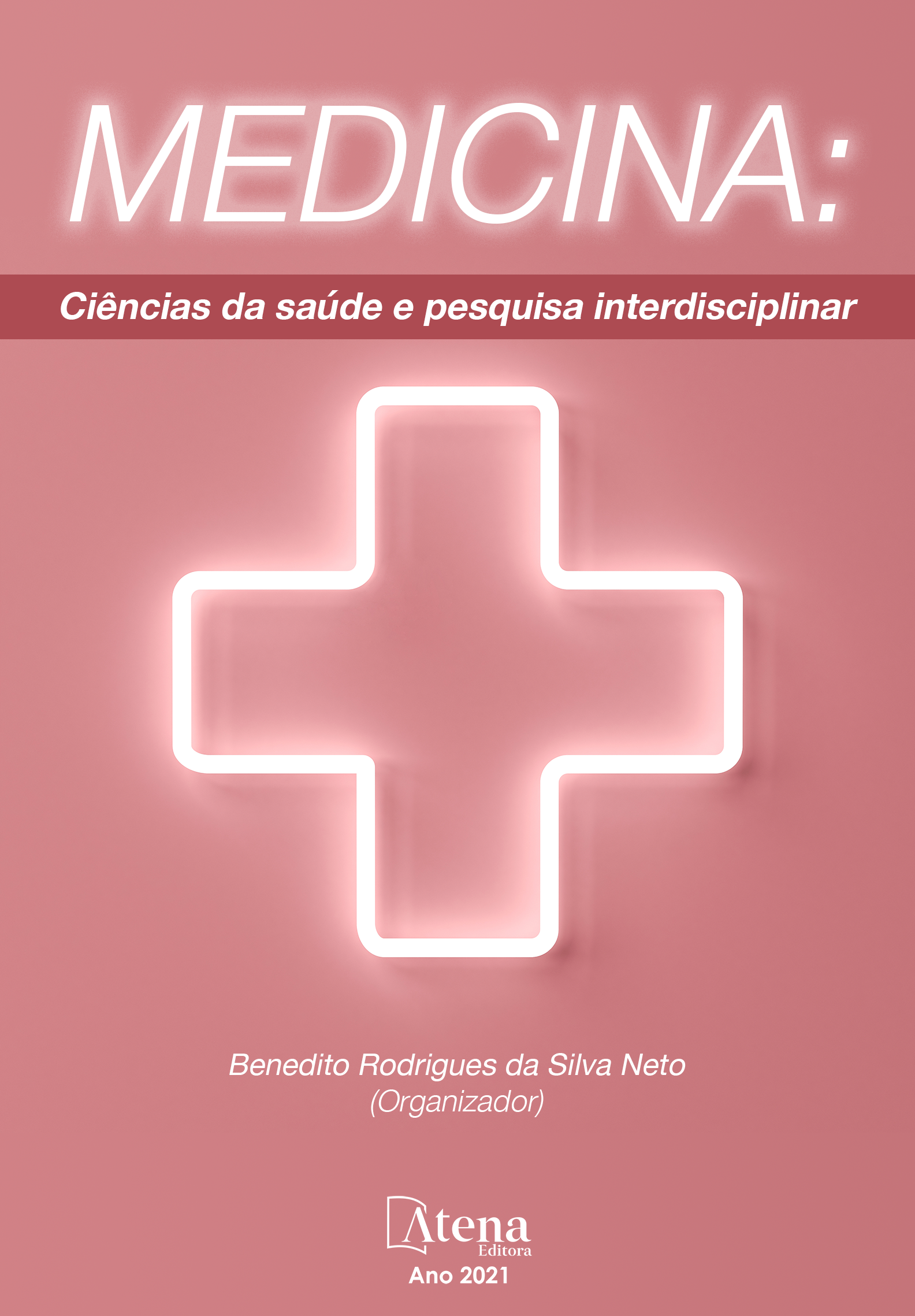
A UTILIZAÇÃO DA PELE DE TILÁPIA NO TRATAMENTO DE QUEIMADOS: UMA REVISÃO DE LITERATURA
A pele é o maior órgão do corpo humano e as queimaduras de pele representam um grande transtorno para a saúde pública a nível mundial, essas ocupam o quarto lugar no ranking global. São classificadas conforme a origem etiológica (térmica, elétrica, química ou radioativa), a extensão corporal e a profundidade em que os tecidos são afetados (1º, 2º, 3º ou 4º graus). Essa revisão tem como objetivo principal avaliar o efeito da pele de tilápia como xenoenxerto para o tratamento de queimaduras. O método utilizado foi uma revisão de literatura narrativa nas bases de dados em ciências da saúde sciELO, pubmed e capítulos de livros. É válido ressaltar que o uso de curativos biológicos vem ganhando espaço quando se refere às queimaduras e potenciais benefícios foram encontrados na utilização de pele da Tilápia do Nilo (Oreochromis niloticus) como biomaterial na medicina regenerativa. O xenoenxerto de pele é um procedimento realizado através do enxerto de pele transplantado entre espécies diferentes. Conclui-se que apesar de toda evolução no tratamento das queimaduras e dos estudos quanto aos xenoenxertos com pele de tilápia, ainda é imprescindível a execução de novos estudos para otimização e aplicação do tratamento de forma mais abrangente às vítimas de queimaduras.
A UTILIZAÇÃO DA PELE DE TILÁPIA NO TRATAMENTO DE QUEIMADOS: UMA REVISÃO DE LITERATURA
-
DOI: 10.22533/at.ed.7232101095
-
Palavras-chave: Sistema tegumentar. Queimaduras. Xenoenxerto. Tilápia do Nilo.
-
Keywords: Integumentary system. Burns. Xenograft. Nile Tilapia.
-
Abstract:
The skin is the largest organ in the human body and skin burns represent a major public health problem worldwide, occupying fourth place in the global ranking. They are classified according to the etiological origin (thermal, electrical, chemical or radioactive), the body extension and the depth at which the tissues are affected (1st, 2nd, 3rd or 4th degrees). The main objective of this review is to evaluate the efficacy of tilapia skin as a xenograft for the treatment of partial-thickness burns. The methodology used was a narrative literature review in the sciELO health sciences databases, published and book chapters. It is worth noting that the use of biological dressings has been gaining ground when it comes to burns and potential benefits were found in the use of Nile Tilapia skin (Oreochromis niloticus) as a biomaterial in regenerative medicine. Skin xenograft is a procedure performed through a skin graft transplanted between different species. It is concluded that despite all the evolution in the treatment of burns and the studies on tilapia skin xenografts, it is still essential to carry out further studies to optimize and apply the treatment more extensively to burn victims.
-
Número de páginas: 15
- Açucena de Oliveira Borges
- Fellipe Siqueira de Souza
- Brenda da Silveira Santos
- Rafaela de Morais Fernandes
- Gustavo Lúcio Monteiro de França
- Léa Cristina Gouveia
- Letícia Góes Pereira


